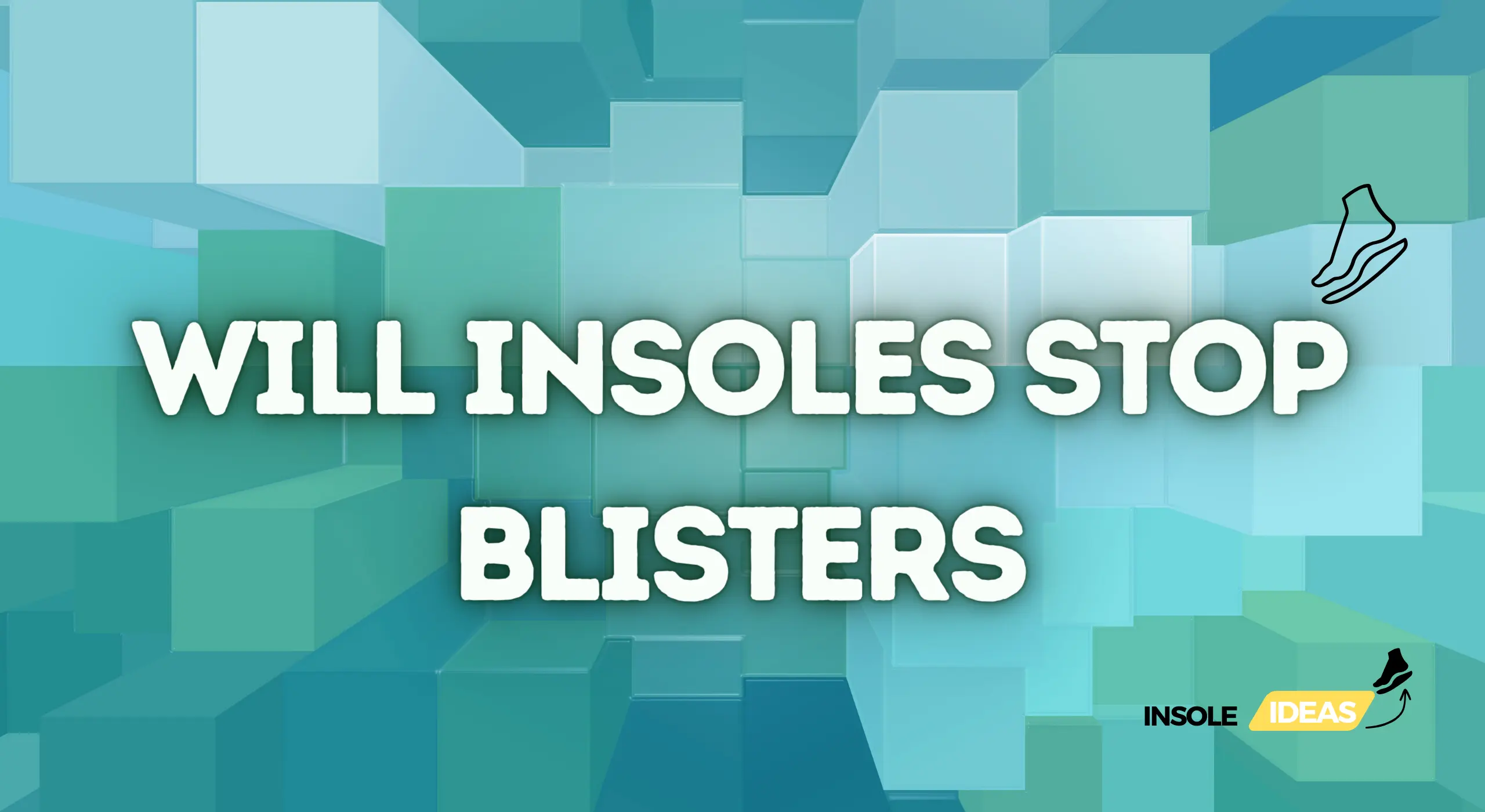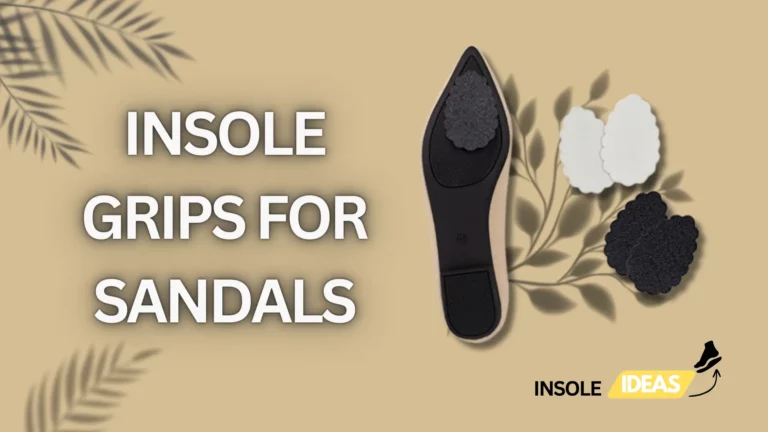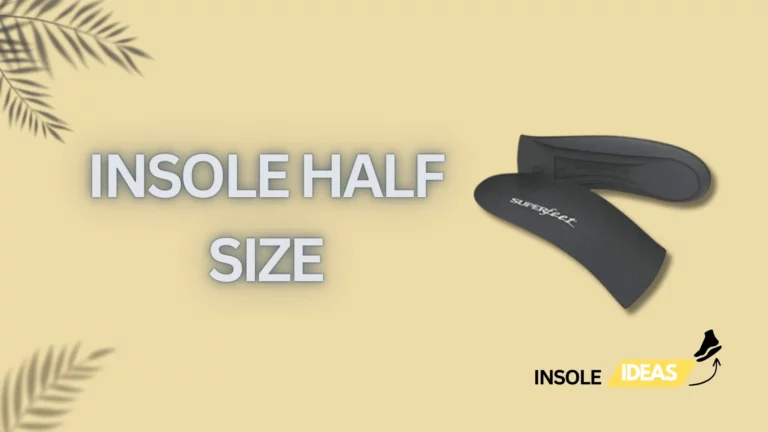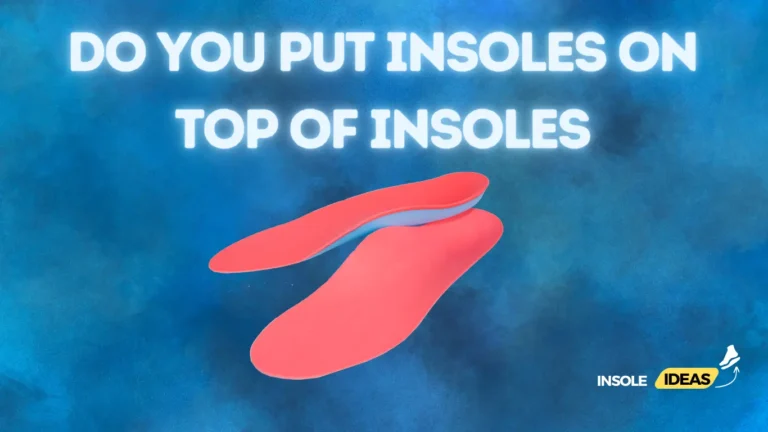Will insoles stop blisters
Explanation of Blisters
Blisters are fluid-filled pockets that form on the skin due to friction, pressure, or irritation. They typically occur when repeated rubbing against the skin, causing the outer layers to separate and fill with fluid. Blisters can develop on various body parts, including the feet, hands, and heels, and they can range in size from small to large.
Role of Insoles in Preventing Blisters
Insoles play a crucial role in preventing blisters by providing additional cushioning and support and reducing friction between the foot and the shoe. They help distribute pressure more evenly across the foot and minimize rubbing, reducing the likelihood of blister formation. Properly chosen and fitted insoles can significantly enhance comfort and reduce the risk of blisters, especially during prolonged standing or walking activity.
Understanding Blisters
Definition and Causes
Blisters are defined as small pockets of fluid that form in the upper layers of the skin. They are typically caused by friction, pressure, or irritation. When the skin is subjected to repeated rubbing or pressure, such as wearing ill-fitting shoes or engaging in activities like running or hiking, the outer layers of the skin can separate from the underlying tissues, accumulating fluid within the blister.
Burns, sunburns, allergic reactions, or certain medical conditions can also cause blisters. However, friction blisters are among the most common types and are often associated with activities that involve repetitive motion or prolonged pressure on specific areas of the skin.
Symptoms and Discomfort Associated with Blisters
The symptoms of blisters typically include: Pain or tenderness in the affected area Swelling and redness around the blister Fluid-filled sacs on the skin surface Discomfort or difficulty walking or performing activities that involve the affected area Blisters can vary in size and severity, ranging from small and mildly irritating to large and painful. They can also increase the risk of infection if not properly treated or if they burst open, exposing the underlying skin to bacteria.
Understanding the causes and symptoms of blisters isal for effectively preventing and managing them, especially for individuals prone to developing blisters due to their lifestyle or activities. Insoles play a crucial role in minimizing friction and pressure on activities, reducing the risk of .blister formation and enhancing overall comfort during daily activities.
Mechanism of Insoles in Preventing Blisters
How Insoles Reduce Friction
Insoles help prevent blisters by reducing friction between the foot and the shoe. They achieve this by providing a smooth surface for the foot to glide on, thereby minimizing rubbing and irritation. Additionally, insoles with moisture-wicking properties can help keep the foot dry, reducing the likelihood of blister formation caused by sweat or moisture buildup.
Some insoles are mafootprint pressuresls or features,Creatingl inserts or silicone pads, whicsolvent cushioinsolventtect insolvente foot areas from friction and pressure. By creating a barrier between the foot and the shoe, these insoles can effectively reduce the risk of blisters, especially during high-impact activities or long periods of standing or walking.
Types of Insoles Designed for Blister Prevention
Several types of insoles are specifically designed to prevent blisters:
Cushioned insoles: These insoles are made from soft, shock-absorbiials that provide additional cushioning and reduce pressure on the feet. They help distribute weight more evenly and minimize friction, reducing the risk of blister formation.
Low-friction insoles: These insoles are coated with a low-friction material, such as silicone or Teflon, which reduces the surface friction between the foot and the shoe. This helps prevent rubbing and irritation, reducing the likelihood of blisters, particularly in areas prone to friction.
Custom orthotic insoles: Custom ortcontributingre tailored to the individual’s foot shape and biomechanics. They provide personalized support and alignment, which can help reduce pinvestigated and friction contributing to blister formation.
Effectiveness Insoles in Prevented equatelyters
Research Findings on the Effectiveness of Insoles
Several studies have investigated the effectiveness militarypreventing blisters. Research findings suggest that adequately chosen and fitted insoles can significantly reduce the incidence of blisters activities high-risk poes and military personnel. Insoles that reduce friction and provide adequate cushioning are particularly effective in preventingthat blister formation during repetitive motion or prolonged pressure on the feet.
Personal Testimonials and Experiences
Many individuals orted positive experiences with using insoles to prevent blisters. Personal testimonials often highlight the relief of discomfort and the ability to engage in activities withdiscomfortg about blister formation. Individuals prone to blisters, such as runners or hikers, often rely on insoles as part of their blister prevention strategy and have found them to be effective in reducing friction and discomfort during physical activity.
Additional Preventive Measures for Blisters
Proper Footwear Selection
Proper footwear selection is essential for preventing blisters. Cessentialhoes that fit well and provide adequate support can help minimize friction and pressure on the feet. Look for shoes with a wide toe box to prevent crowding and rubbing, and consider wearing moisture-wicking socks to keep your feet dry and reduce the risk of blister formation. It’s also essential to break in new shoes gradually to allow them to mold to your feet and reduce the risk of friction-related blisters.
Lubricants and Blister Patches
Lubricants such as petroleum jelly or specialized anti-friction balms can help reduce friction and prevent blisters. Apply a thin layer of lubricant to areas beneficial formation before engaging in activities that may cause rubbing or irritation. Additionally, blister patches or adhesive bandages can provide a protective barrier over existing blisters, helpin to prevent further irritation and promote healing. These preventive measures can be beneficial for individuals prone to blisters due to specific activities or foot conditions.
Foot Care Practices
Regular foot care practices can also help prevent blisters. Keep your feet clean and dry, and trim your toenails regularly to prevent ingrown toenails and reduce the risk of pressure points inside your shoes. Moisturize your feet to keep the skin soft and supple, and inspect your feet regularly for any signs of irritation or rubbing. If you notice any hot spots or areas of redness, address them promptly to prevent blisters from forming.
Conclusion
Summary of the Role of Insoles in Blister Prevention
Insoles are crucial in preventing blisters by reducing friction, cushioning the feet, and providing support. Properly chosen and fitted insoles can significantly enh, choose thece the risk of blister formation, especially during repetitive motion or prolonged pressure on the feet.
Final Considerations for Using Insoles Effectively
When using insoles for blister prevention, it’s essential to ensure proper fit and choose the right type of insole for your foot shape and activity level. Experiment with different materials and features to find the best insoles for you, and replace them as needed to maintain effectiveness. Insoles should be used with other preventive measures, such as proper footwear selection and foot care practices, to minimize the risk of blisters and promote overall foot health. By incorporating these strategies into your routine, you can enjoy greater comfort and mobility while reducing the likelihood of blisters interfering with your daily activities.




